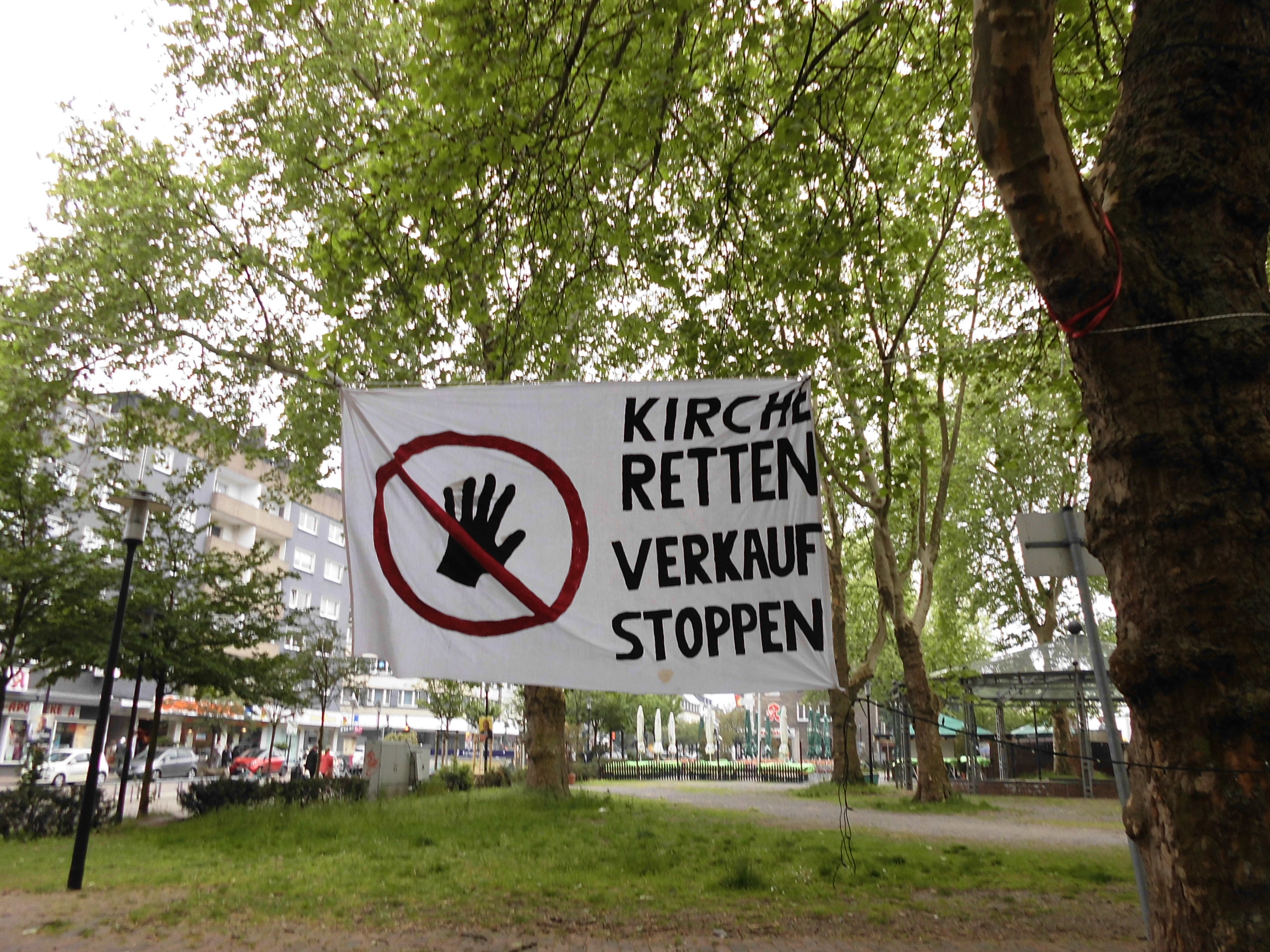Secularization and pluralization do not only have consequences for believers and theologians when they consider how to communicate their faith to or how to acquire understanding from non-believers for their religious point of viewing things.

It also has consequences for the way in which church buildings are treated and looked upon. These societal phenomena cause Christian denominations as well as society to rethink the meaning, purpose and future not only of religious worldviews or religious language- games, but even more – since the fact of their existence cannot be denied that easily – of church buildings.
The topic of church reuse or church conversion has led to intensified debates in the media and scholarly discourses during the last decades. In countries such as the Netherlands and the UK church conversion has been a topic of research interest for quite some time now, in Germany the topic of church conversion has recently gained more research interest since a growing number of churches threatens to be taken out of liturgical use.
Since there was no fundamental article from a religious studies perspective on church reuse in the German language, whereas there is an ever-expanding corpus on actual reuse examples, we wrote a foundational contribution in German for the “Handbook of Religions. Churches and other Religious Communities in Germany and in German-speaking Countries” (“Handbuch der Religionen. Kirchen und andere Glaubensgemeinschaften in Deutschland und im deutschsprachigen Raum“, editors: Michael Klöcker and Udo Tworuschka). In this article, we address several aspects of church reuse in the protestant and roman-catholic confessions.
The article starts off with a brief overview of forms of church reuse in history and then addresses the arguments that are employed when churches are taken out of liturgical use; usually, it concerns arguments such as demographic change, loss of tradition, secularization, the decline in church membership and priesthood, and predominantly falling-back finances. The next chapter discusses the facts and figures concerning church buildings that are taken out of liturgical use, being conversed or demolished in both denominations. The actual numbers are however an estimation on the basis of the data provided by both denominations since parishes are nowadays in the process of merging and this leads to an inadequate overview. Another complicating factor is the diverse definitions of what is considered to be a church building, and therefore the numbers differ to some extent. In order to provide a “preview” of what awaits Germany, we described the Dutch situation as a paradigmatic example.
The next part concerns denominational stances towards the sacredness of the church building. The core of the article covers the denominational backgrounds, viewpoints and differences with special attention to church law in both denominations. Here, a complicating factor is the fact that the protestant confession does not have a universal church law that is generally applicable. Therefore, we discussed some characteristic examples of respective regional church law. When a church is taken out of liturgical use, the two largest Christian denominations employ a usage hierarchy for “appropriate reuse”. In both confessions, church demolition is considered the “ultima ratio” and should only then take place when all other conversion options cannot be realized. Another main emphasis in this part comprises the denominational viewpoints concerning deconsecration: “profanierung” (Roman Catholic) or “entwidmung” (Protestant) when churches are passed on to profane use, in relation to church law, and the deconsecration rites that have been developed to accompany church profanation and that resemble the structure of a rite of passage. The second last chapter deals with the emotional and psychological effects of church reuse. The final chapter addresses the (im-)possibilities of church conversions related to usage hierarchy and contextual potentialities.
By: Kim de Wildt/Robert J.J.M. Plum
For the full article:
Kim de Wildt/Robert J.J.M. Plum. 2019. Kirchenumnutzung.[Church Reuse]. In: Michael Klöcker/Udo Tworuschka (eds.). Handbuch der Religionen. Kirchen und andere Glaubensgemeinschaften in Deutschland und im deutschsprachigen Raum [Handbook of Religions. Churches and other Religious Communities in Germany and in German speaking Countries], Vol 2. 60. EL. Hohenwarsleben: Westarp Science – Fachverlage, pp. 1-30.





Follow us: